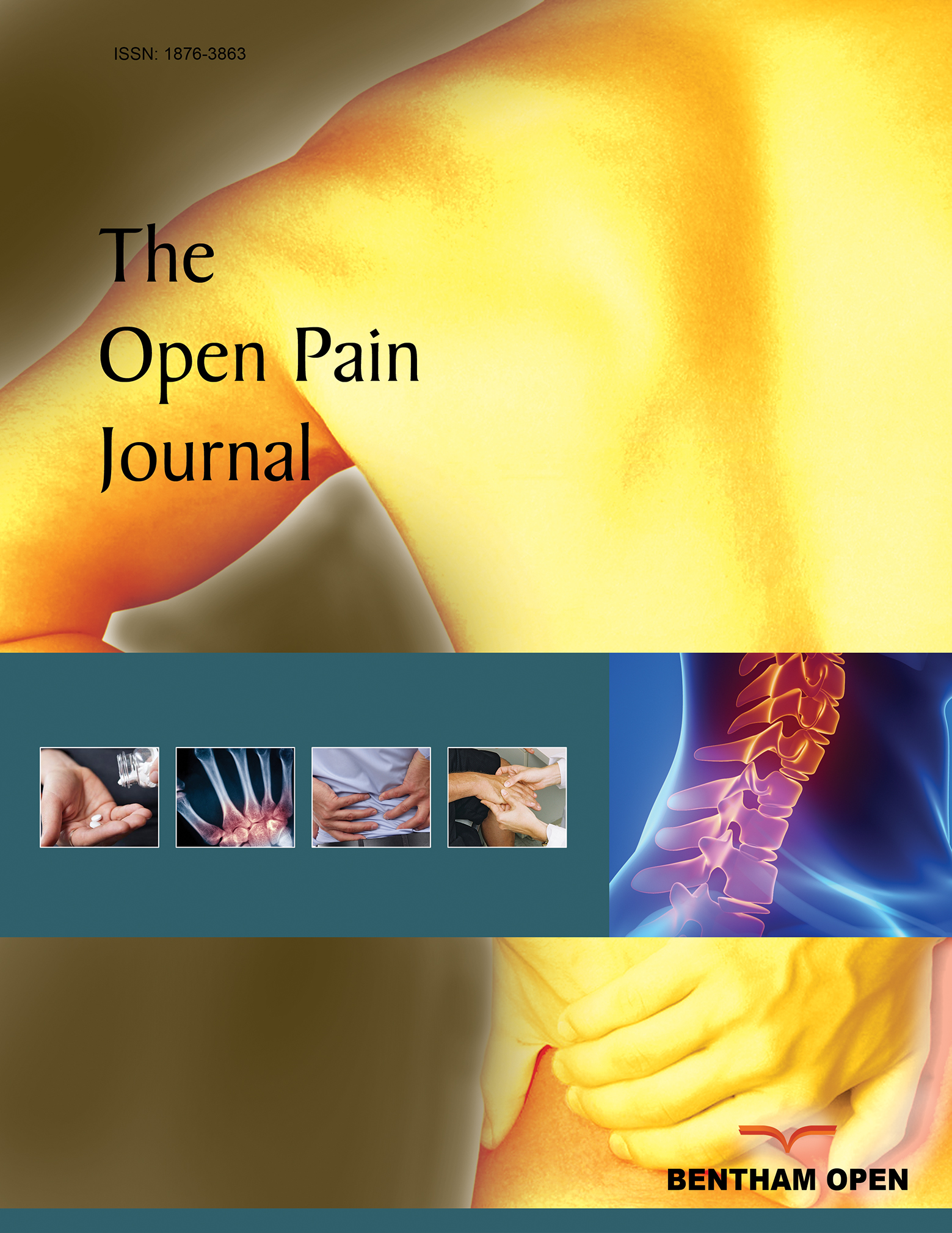Effect of Age, Sex and Gender on Pain Sensitivity: A Narrative Review
Abstract
Introduction:
An increasing body of literature on sex and gender differences in pain sensitivity has been accumulated in recent years. There is also evidence from epidemiological research that painful conditions are more prevalent in older people. The aim of this narrative review is to critically appraise the relevant literature investigating the presence of age and sex differences in clinical and experimental pain conditions.
Methods:
A scoping search of the literature identifying relevant peer reviewed articles was conducted on May 2016. Information and evidence from the key articles were narratively described and data was quantitatively synthesised to identify gaps of knowledge in the research literature concerning age and sex differences in pain responses.
Results:
This critical appraisal of the literature suggests that the results of the experimental and clinical studies regarding age and sex differences in pain contain some contradictions as far as age differences in pain are concerned. While data from the clinical studies are more consistent and seem to point towards the fact that chronic pain prevalence increases in the elderly findings from the experimental studies on the other hand were inconsistent, with pain threshold increasing with age in some studies and decreasing with age in others.
Conclusion:
There is a need for further research using the latest advanced quantitative sensory testing protocols to measure the function of small nerve fibres that are involved in nociception and pain sensitivity across the human life span.
Implications:
Findings from these studies should feed into and inform evidence emerging from other types of studies (e.g. brain imaging technique and psychometrics) suggesting that pain in the older humans may have unique characteristics that affect how old patients respond to intervention.


